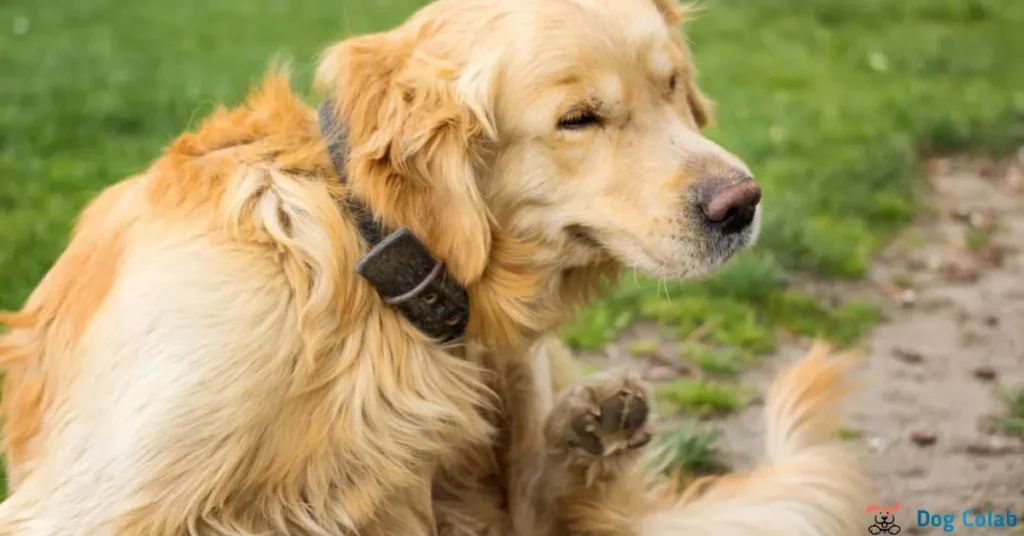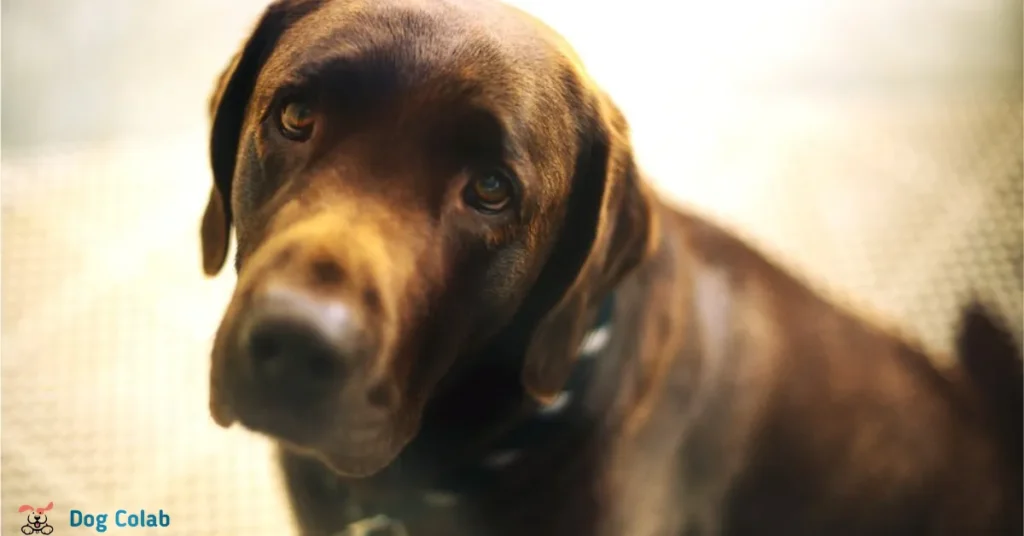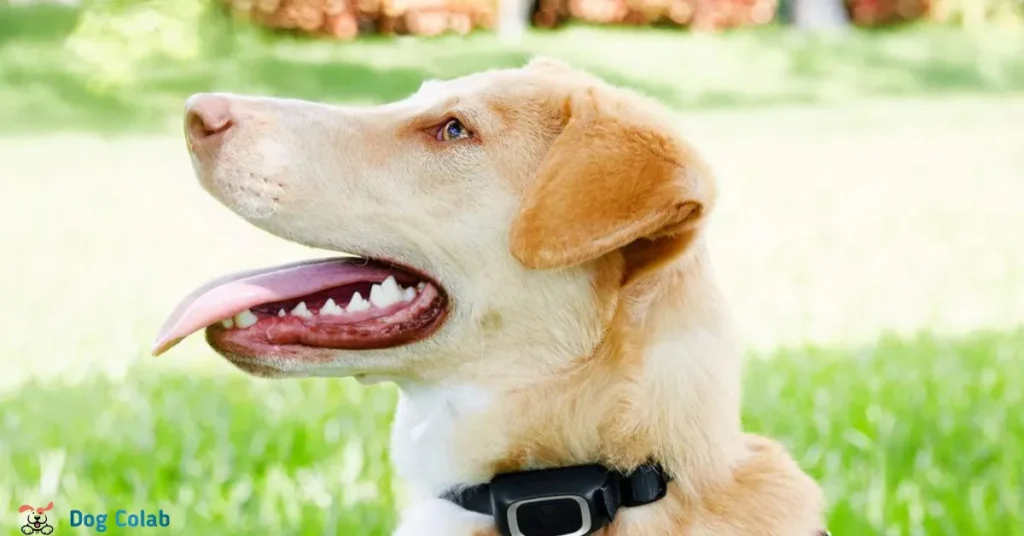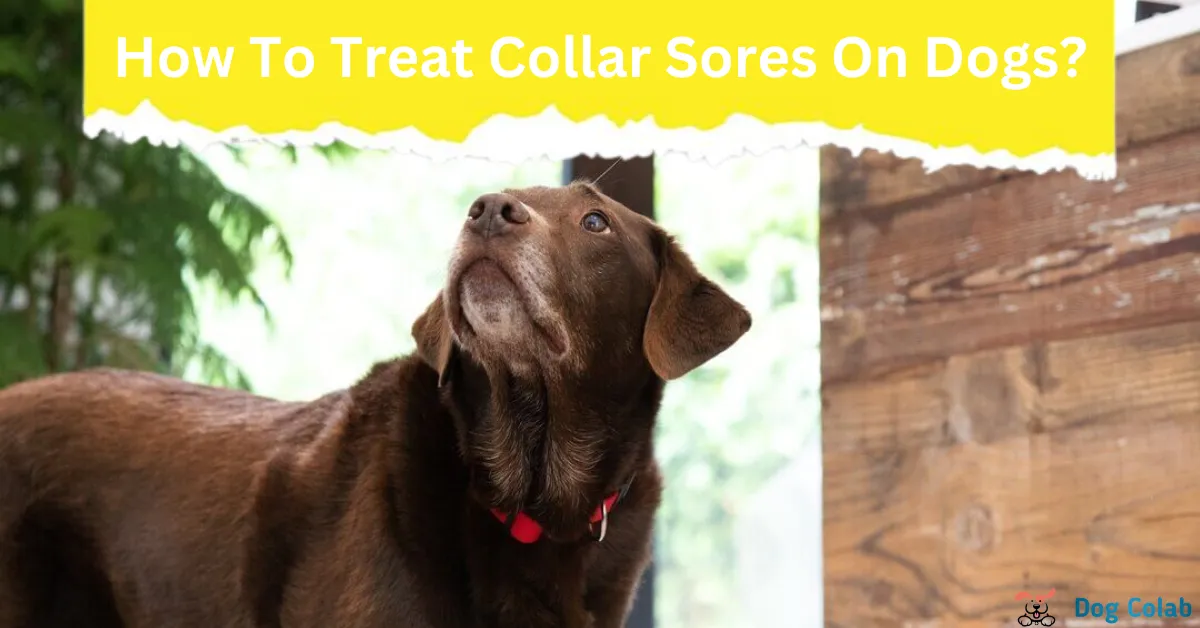Collar sores, also known as pressure sores or collar dermatitis, are a common issue that dogs can experience due to extended wear of collars. These sores develop as a result of constant friction, pressure, and moisture accumulation under the collar, leading to skin irritation, inflammation, and discomfort for your furry friend.
While preventing collar sores is the best approach, if your dog already has them, a combination of proactive measures and proper treatment can help alleviate their discomfort and promote healing. So, In this blog post, we will discuss effective methods how to treat collar sores on dogs and prevent collar sores in dogs.
What Causes Sores on Dogs Skin?
Dog collar sores, also known as pressure sores or friction ulcers, can be caused by several factors, primarily related to the friction and pressure exerted by a collar on a dog’s neck. Here are some common causes of dog collar sores.

- Incorrect Collar Fit: A collar that is too tight or too loose can cause rubbing against the skin, leading to irritation and the development of sores.
- Continuous Wear: If a dog wears a collar without breaks for extended periods, the constant pressure and friction can lead to the formation of sores.
- Rough Material: Collars made from rough or abrasive materials can cause chafing and irritation on the sensitive skin of a dog’s neck.
- Excessive Pulling: Dogs that pull excessively on their leash can cause the collar to rub against the skin, leading to friction-related sores.
- Heavy Tags: Weighty identification tags or accessories hanging from the collar can increase the pressure on the neck, contributing to the development of sores.
- Long-Haired Breeds: Dogs with long hair around their necks are more prone to collar sores because the hair can become trapped between the collar and the skin, intensifying friction.
- Thin Skin/Fur: Dogs with thin skin or sparse fur are more susceptible to the effects of friction, as there is less natural protection against collar-related irritation.
- Moisture Accumulation: Dampness due to sweat, rain, or wetness can soften the skin, making it more vulnerable to the abrasive effects of the collar.
- Allergic Reactions: Some dogs might develop allergic reactions to the materials used in their collars, leading to skin inflammation and sore development.
- Skin Folds: Breeds with skin folds around the neck, like Bulldogs or Shar-Peis, are prone to collar sores as moisture and friction can accumulate in these folds.
Symptoms of Dog Collar Sores
Symptoms of dog collar sores can vary in severity, but they generally include.

- Hair Loss: The area around the neck where the collar rubs may have noticeable hair loss, often forming a patchy appearance.
- Redness and Inflammation: The skin may become red, irritated, and inflamed due to the constant friction and pressure from the collar.
- Scabbing and Crustiness: Collar sores can develop scabs or crusts on the affected skin, indicating that the skin is trying to heal.
- Open Wounds: In more severe cases, continuous rubbing can lead to the development of open wounds, making the area susceptible to infection.
- Pain and Discomfort: Dogs with collar sores might show signs of discomfort, such as scratching, biting, or rubbing the affected area against surfaces.
- Swelling: The skin around the collar area may become swollen, indicating inflammation and potential infection.
- Licking and Chewing: Dogs may excessively lick or chew the area to alleviate the discomfort, which can further exacerbate the problem.
- Unpleasant Odor: Infection or inflammation can lead to an unpleasant odor emanating from the affected area.
- Changes in Behavior: Dogs might become more irritable or agitated due to the discomfort caused by the collar sores.
- Secondary Infections: If left untreated, collar sores can become infected, leading to more serious symptoms like pus, oozing, increased pain, and systemic signs of illness.
How To Treat Collar Sores on Dogs? (Step By Step Guide)
Treating collar sores on dogs involves a combination of measures to promote healing, prevent infection, and ensure your dog’s comfort. Here’s a step-by-step guide on how to treat collar sores on dog’s.

1. Remove the Collar
The first step is to remove the collar to relieve the pressure and friction on the affected area. Your dog should not wear a collar until the sores have healed completely.
2. Clean the Area
Gently clean the sore area with mild, pet-safe antiseptic or warm water. Avoid using harsh chemicals that could further irritate the skin.
3. Topical Treatment
Apply a vet-recommended topical antibiotic ointment or hydrocortisone cream to soothe the irritation and prevent infection. Follow your veterinarian’s guidance on the appropriate product.
4. Keep the Area Dry
Moisture can hinder healing and promote infection. Ensure the area stays dry by avoiding water exposure and keeping your dog from licking or scratching the area.
5. Pain Management
If your dog is in pain, consult your vet for appropriate pain relief options that are safe for dogs.
6. Regular Monitoring
Keep a close eye on the sores for signs of improvement or any worsening. Consult your veterinarian if you notice any changes.
7. Nutrition and Hydration
Make sure your dog has a balanced diet and access to fresh water. Proper nutrition supports the healing process.
8. Prevent Further Irritation
Once the sores heal, choose a well-fitting, padded collar or consider alternative restraint options like a harness to avoid future collar-related issues.
9. Vet Consultation
If the sores are severe, infected, or not improving within a few days, consult a veterinarian. They can provide professional guidance, prescribe appropriate medications, and recommend any necessary tests.
Home Remedies and Natural Treating Dog Collar Wounds
While it’s essential to consult a veterinarian for proper guidance and treatment of dog collar wounds, there are some home remedies and natural approaches that can be used in conjunction with professional care. Here are some options to consider.
1. Aloe Vera Gel
Aloe vera has soothing and healing properties. You can apply a small amount of pure aloe vera gel to the wound after cleaning. Make sure the gel you use doesn’t contain any added chemicals or ingredients that could be harmful to dogs.
2. Coconut Oil
Coconut oil has natural antibacterial properties and can help moisturize the skin. Apply a thin layer of organic, unrefined coconut oil to the wound after cleaning.
3. Honey
Raw, unprocessed honey has antibacterial properties and can aid in wound healing. Apply a small amount of honey to the wound (avoid letting your dog lick it off).

4. Chamomile Tea Compres
Chamomile tea has anti-inflammatory and soothing properties. Brew a weak chamomile tea, let it cool, then use a clean cloth soaked in the tea as a compress on the wound.
5. Turmeric Paste
Turmeric has natural anti-inflammatory and healing properties. Make a paste with turmeric and water, and apply a thin layer to the wound. Be cautious, as turmeric can stain.
How You Can Stop a Collar From Wounding Your Dog?
To prevent a collar from wounding your dog, it’s crucial to ensure that the collar is fitted properly and that you take certain precautions to minimize friction and irritation. Here’s how you can stop a collar from wounding your dog.

- Choose the Right Collar: Opt for collars made of soft, non-abrasive materials like nylon or leather. Avoid collars with rough edges or materials that might cause friction.
- Proper Fit: Check that the collar fits comfortably around your dog’s neck. If you can fit two fingers comfortably between the collar and your dog’s neck, it is properly fitted. A collar that is too tight can cause chafing and pressure sores.
- Regular Checks: Regularly check the collar for signs of wear, damage, or any rough areas that could cause irritation. Replace worn collars promptly.
- Collar Type: Consider using a rolled or padded collar to reduce friction and distribute pressure more evenly.
- Breaks from Collar: Give your dog regular breaks from wearing the collar. This can help prevent continuous friction and allow the skin to recover.
- Alternate Collars: If your dog needs to wear a collar regularly (for identification or training purposes), consider using a comfortable, well-fitting harness as an alternative.
- Trim Neck Hair: If your dog has long neck hair, keep it trimmed to prevent hair from getting caught and intensify friction between the collar and the skin.
- Regular Grooming: Regular grooming can help keep your dog’s skin and coat healthy, reducing the risk of irritation and friction-related issues.
Can a Shock Collar Cause Sores?
Yes, a shock collar can potentially cause sores on a dog’s neck if it is used improperly or if the collar is not fitted correctly. If the collar is too tight or if it is left on for extended periods, the constant pressure and friction against the skin can lead to irritation, chafing, and the development of sores.

Additionally, the shocks themselves can cause skin sensitivity, inflammation, and discomfort, potentially exacerbating the risk of sores.
How To Treat Shock Collar Sores?
If your dog has developed sores due to a shock collar, it’s important to address the issue promptly to ensure your dog’s comfort and well-being. Here’s how to treat shock collar sores.

1. Remove the Collar
Take off the shock collar immediately to relieve any further irritation or pressure on the affected area.
2. Clean the Sores
Gently clean the sores with a mild, pet-safe antiseptic solution or warm water. Avoid using harsh chemicals that could worsen the irritation.
3. Topical Treatment
Apply a vet-recommended topical antibiotic ointment or a soothing gel specifically designed for pet wounds. As a result, infection can be prevented and healing can be promoted.
4. E-collar (Cone)
To prevent your dog from licking or biting the sores, consider using an E-collar (cone) temporarily. This will prevent further irritation and allow the sores to heal undisturbed.
5. Keep the Area Dry
Moisture can hinder the healing process and promote infection. Ensure the area stays dry by avoiding water exposure and keeping your dog from licking the area.
6. Consult a Veterinarian
If the sores are severe, infected, or not improving within a few days, it’s essential to consult a veterinarian. They can provide professional guidance, prescribe appropriate medications, and recommend any necessary tests.
How To Prevent Collar Chafing?
To prevent collar chafing in dogs, follow these steps for a comfortable and irritation-free collar-wearing experience. First, select a collar made from soft, non-abrasive materials like nylon or leather. Ensure proper fit by leaving enough space for two fingers between the collar and your dog’s neck, avoiding both tightness and looseness.

Regularly inspect the collar for any signs of wear, rough edges, or damage that could cause chafing. If your dog has long neck hair, keep it trimmed to prevent hair from getting caught and intensifying friction. Use a padded or rolled collar to distribute pressure evenly and minimize friction.
Consider using a well-fitting harness as an alternative to collars, especially if your dog pulls on the leash. Lastly, provide regular breaks from wearing the collar to allow the skin to recover and reduce the risk of chafing.
Conclusion “How To Treat Collar Sores on Dogs”
Collar sores can be uncomfortable and distressing for your canine companion, but with proactive measures and proper treatment, they can heal successfully. By prioritizing collar fit, material choice, and regular checks, you can help prevent these sores from developing in the first place.
If your dog does experience collar sores, swift action, and a combination of cleaning, topical treatments, and rest can aid in their recovery. Always remember that consulting a veterinarian is essential for severe or persistent cases to ensure the best outcome for your furry friend’s health and comfort.
NOTE:- More information can be found by clicking this link.
FAQs
1. Is Vaseline good for dog rash?
Vaseline can provide a protective barrier for minor skin irritations in dogs, but consulting a veterinarian is recommended for proper diagnosis and treatment of rashes.
2. How do you treat a dog collar rash?
To treat a dog collar rash, remove the collar, clean the affected area with mild soap and water, and keep it dry. Apply a pet-safe ointment and monitor for improvement. If it worsens or persists, consult a veterinarian.
3. Can hot spots on dogs go away on their own?
Hot spots on dogs, also known as acute moist dermatitis, rarely go away on their own. They often require veterinary attention. Without treatment, they can worsen and cause discomfort. Timely care, including cleaning, medication, and addressing underlying causes, is crucial for resolution.
4. How do you treat a dog’s hot spot?
Clean the affected area with mild soap and water, then gently pat it dry. Apply a veterinarian-recommended topical treatment to soothe the hot spot. Use an Elizabethan collar to prevent licking. If it worsens or doesn’t improve, consult a vet.

